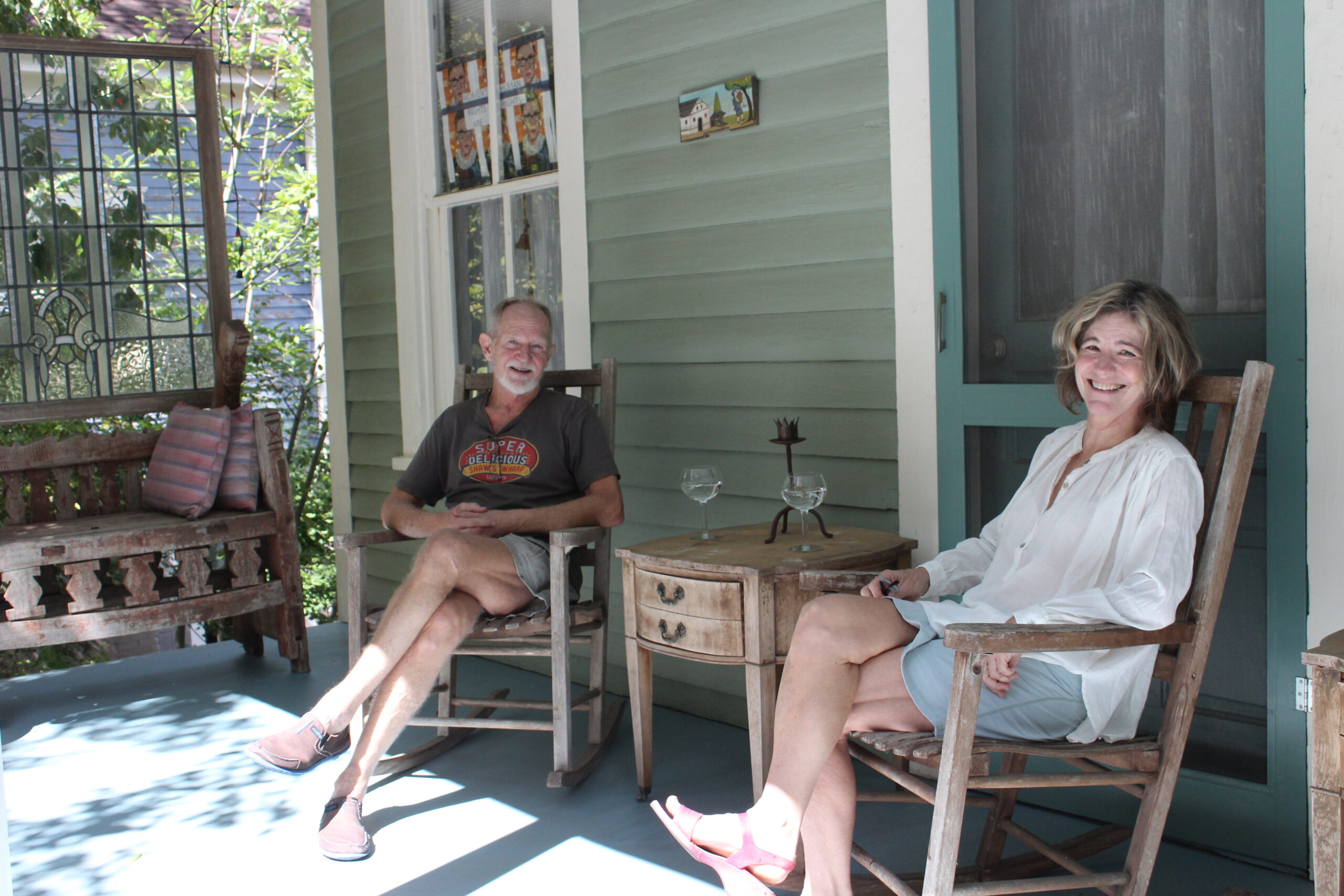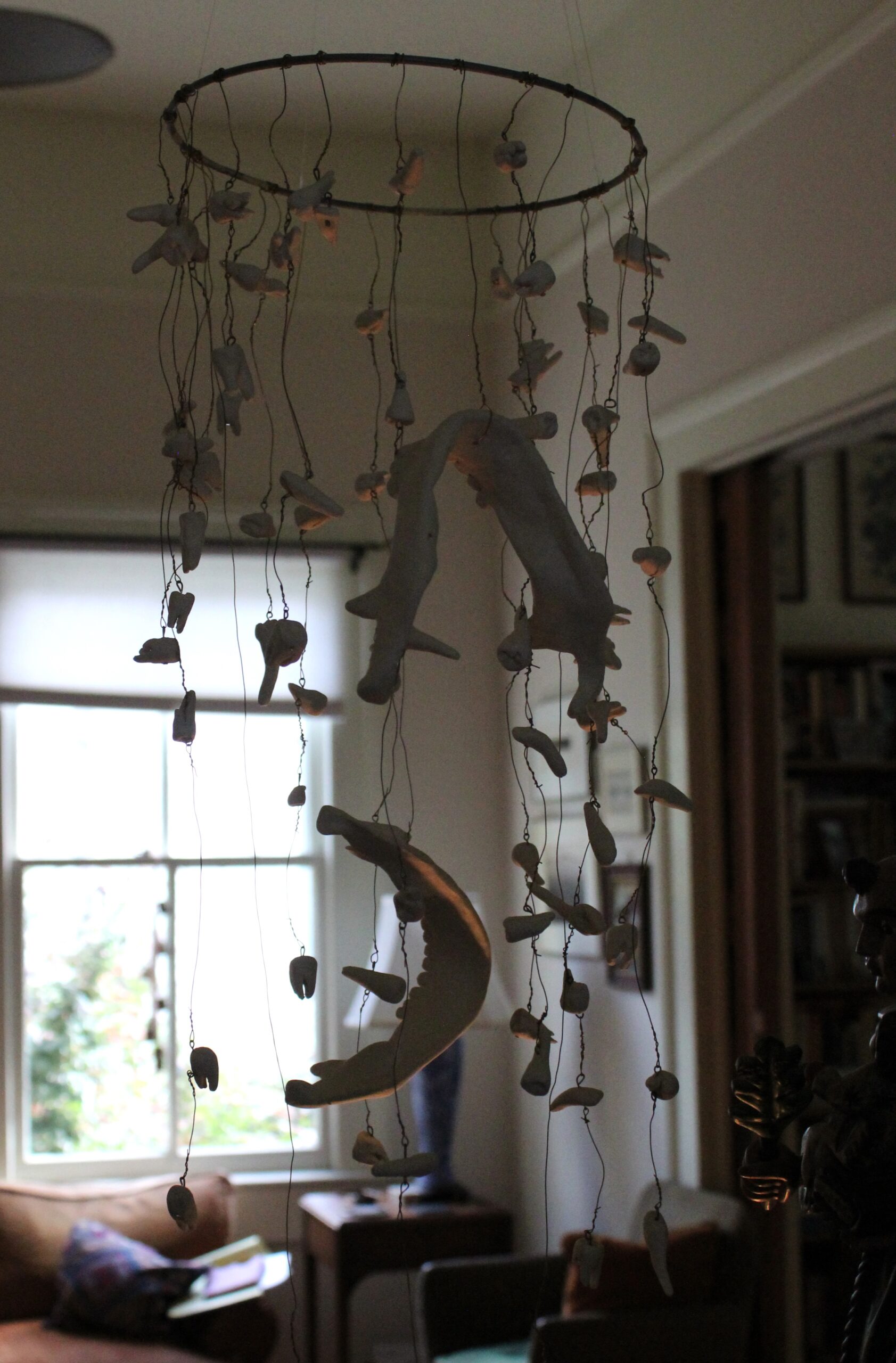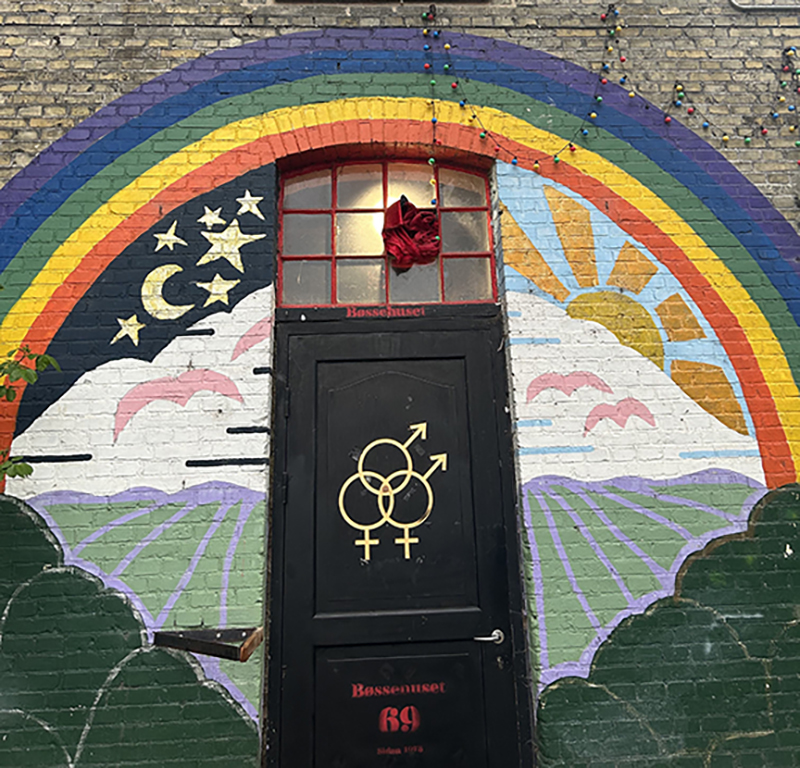 The Porchfest home profile project was produced by University of Georgia students in Lori Johnston’s journalism seminar on home and garden writing and Katie Marages’ vernacular architecture course. The students interviewed homeowners, researched the residences and neighborhoods, and captured photo and video of the homes. The residences featured will host bands during Historic Athens Porchfest on Oct. 20.
The Porchfest home profile project was produced by University of Georgia students in Lori Johnston’s journalism seminar on home and garden writing and Katie Marages’ vernacular architecture course. The students interviewed homeowners, researched the residences and neighborhoods, and captured photo and video of the homes. The residences featured will host bands during Historic Athens Porchfest on Oct. 20.

When Jane McPherson got offered a job at the University of Georgia, she drew a 2-mile circle around the University of Georgia School of Social Work.
She knew she wanted to live within that circle, but she didn’t know where. When she and her husband, Jon Jefferson, went to tour their now-home, a neighborhood kid — thinking they already lived there — knocked on their door.
“We thought, ‘This is a sign,’” Jefferson said. “It’s that kind of neighborhood.”
In 2015, they purchased their early 1900s double shotgun home in Boulevard.
“I immediately loved the house because it’s kind of a little old lady,” McPherson said.
The couple was drawn to how the front porch — complete with a haint blue ceiling, which Southern tradition says wards away ghosts — sits steps away from the sidewalk.

Their porch will host Dragana, a Balkan choir, during the Historic Athens Porchfest — an annual event which brings local bands to porches — on Oct. 20.
“When we moved here, my kids were just going to college, and it just felt like there was going to be all this life in the neighborhood, and that we would get to enjoy that,” McPherson said.
McPherson, an associate professor of social work at the University of Georgia, and Jefferson, a crime novelist and philanthropy consultant, have filled their home with items repurposed from McPherson’s childhood home, mementos collected during their travels and art — both made and collected by friends and family.
One theme in the house is bones. An art piece made of clay bones from the One Million Bones project hangs between the living room and kitchen. McPherson was the Florida state leader of the project, which brought 1 million clay bones to the National Mall in 2013 to raise awareness of genocide; 10 of Jefferson’s books are about forensic anthropology.

“I grew up around books and art,” McPherson said. “So, I’m certainly very much influenced by my parents and my grandparents in their style — and then, travel and profusion.”
In the dining room, there’s an intricate chandelier from Cairo — where McPherson lived for six years — made by an artisan who makes chandeliers for mosques.
“That would be the one thing I would steal from myself,” Jefferson said.
Above a large wooden library table — purchased by McPherson’s parents — there is a turquoise-accented chandelier named Gloria after Jefferson’s mother.
“We were on our way up to north Alabama to dump the ashes of my parents in the river in Guntersville, Alabama, and we saw Gloria on our way,” Jefferson said.
They drove home — about 300 miles — with the chandelier swaying on a clothesline they strung up in the back of their Prius.
“Everything has a story of some kind,” McPherson said.
Their house is no exception. The house was originally built in the early 1900s for millworkers by the Southern Manufacturing Company.
At one point, Jefferson believes the front portion of the house may have been used as a pharmacy when Grant Dooley — the original owner of Village Drug Shop — purchased the home in the 1960s.
“One of the ways that it’s unique is that it’s not unique,” McPherson said.
The house is a triplet — identical to each of the neighboring houses — built in a traditional mill style.
“My scholarship has a lot to do with this city as a mill town, and so I’m very interested in the manufacturing history of Athens,” McPherson said. “So it’s quite sweet that we live in a house that’s related to cotton mills.”

McPherson is the director of Complex Cloth, a project by the University of Georgia School of Social Work, which investigates the intersection of social work with the history of Athens as a mill town. The house has outlasted the manufacturing facility, which shut down in 1999 — despite the house being built into a low point between two streams.
“This would have been an unpleasant sewer and really unhealthy in the early part of the 20th century,” McPherson said. “This would not have been a garden spot — there would have been loads of flies and mosquitoes.”
The couple has worked to mitigate water, especially in the backyard. McPherson has planted a garden of salvia, lantana and beautyberry and added a path.
“This house has clearly gone from being something that was undesirable to being quite desirable,” McPherson said.
Since purchasing their house, they have added an apartment downstairs in the basement and expanded the back deck. They’ve seen their neighbors undertake renovations as well, transforming old mill houses into what McPherson calls “truly fancy houses.”
“You can just see how this neighborhood is changing and evolving — which, you know, what will be gained and what will be lost by that?” McPherson said.
Bridget Goodman is a journalism major at the University of Georgia. This story was written in a journalism seminar course on home and garden writing.







Show Comments (0)